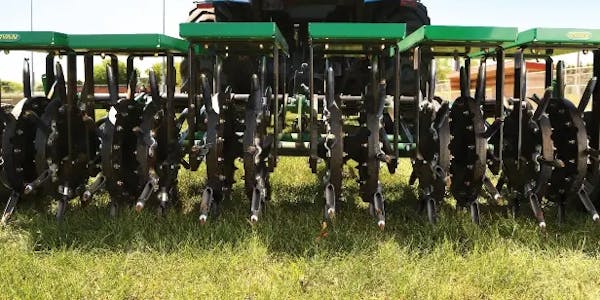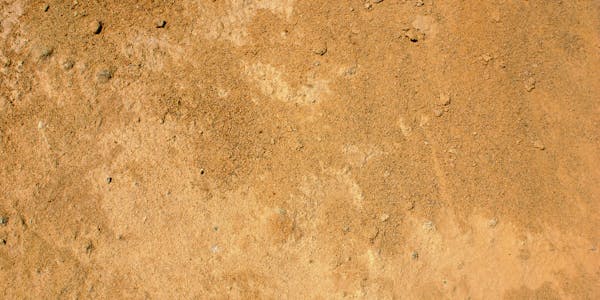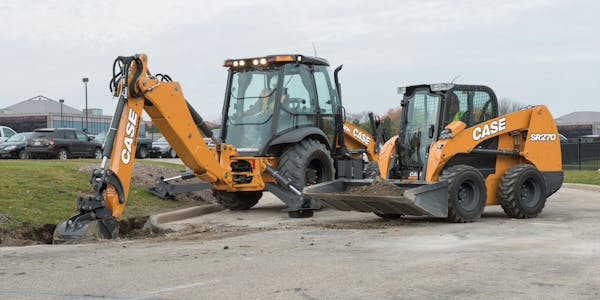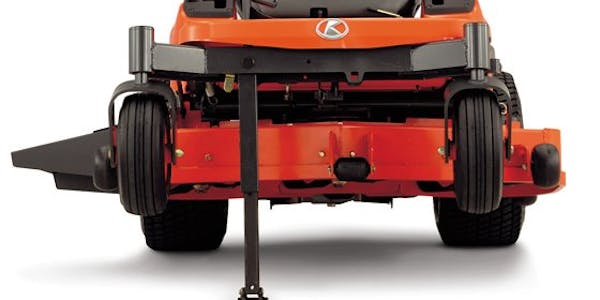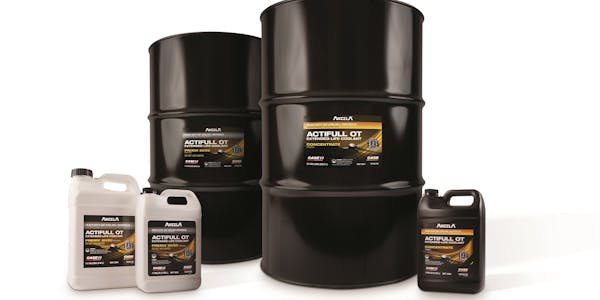A great looking lawn is a beautiful sight, but maintaining lush, green turf requires consistently taking the right steps. Turf maintenance involves providing your grass with the necessary nutrients, water, and care to keep it healthy and vibrant throughout the year. To help you out, we’ve put together six turf maintenance tips to remember when you are working to cultivate a healthy lawn.
- Aerate your turf—Aerating is an effective way to reduce soil compaction and allow nutrients and water to penetrate deeper into the root system. You can use a lawn aerator or a garden fork to create small holes in the soil. Aerating your turf six to eight times a year can improve soil health and promote healthier turf growth.
- Fertilize regularly—Fertilizing is an essential task for turf maintenance. Fertilizers provide essential nutrients, such as nitrogen, phosphorus, and potassium, which are necessary for healthy growth. Choose a fertilizer that is suitable for your turf type and apply it according to the manufacturer's instructions. A regular fertilizing schedule can keep your lawn healthy and vibrant throughout the growing season.
- Water your lawn correctly—Watering the correct way is crucial for maintaining healthy turf growth. It’s important to water grass deeply and infrequently, rather than shallowly and frequently. This approach encourages deep root growth, which makes your turf more resilient to drought and other stress factors. Use a sprinkler or irrigation system to water your lawn, and avoid overwatering, which can lead to fungal growth and other turf diseases. Plus, always water at night or in the morning or evening. Avoid the hottest part of the day when you will lose water to evaporation.
- Mow regularly—Mowing is an essential aspect of turf maintenance. Regular mowing promotes healthy turf growth and prevents weeds from taking over. Choose the right mowing height for your turf type, and avoid cutting too low, which can damage the grass blades and root system. A general rule of thumb is to mow no more than one third of the grass height at a time.
- Control weeds—Weeds can quickly take over your turf, so it's essential keep them away from the turf. You can use herbicides or manually remove the weeds, but be sure to choose a method that is suitable for your turf type and safe for the environment. If clearing weeds from a smaller area, then removing them by hand is your best option.
- Repair bare spots—Bare spots can be unsightly and make your lawn more susceptible to weeds and turf diseases. Repair bare spots by raking the area and adding new grass seed or turf. Keep the area moist until the grass seed has germinated and established a strong root system.
Following these steps consistently will make turf maintenance easier and more successful, providing you with a healthy, resilient lawn. If you have any questions about maintaining your turf, then contact our team today!





